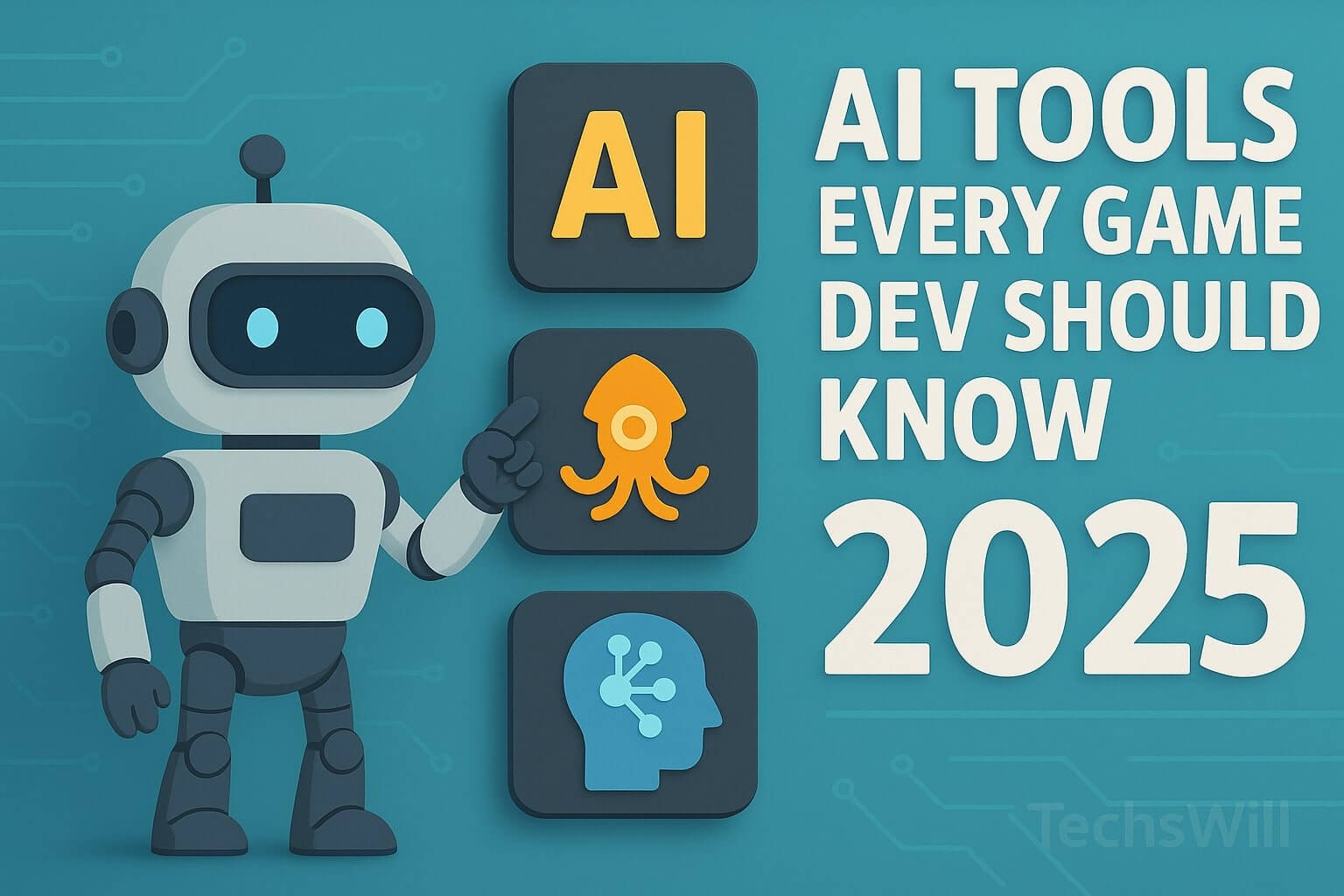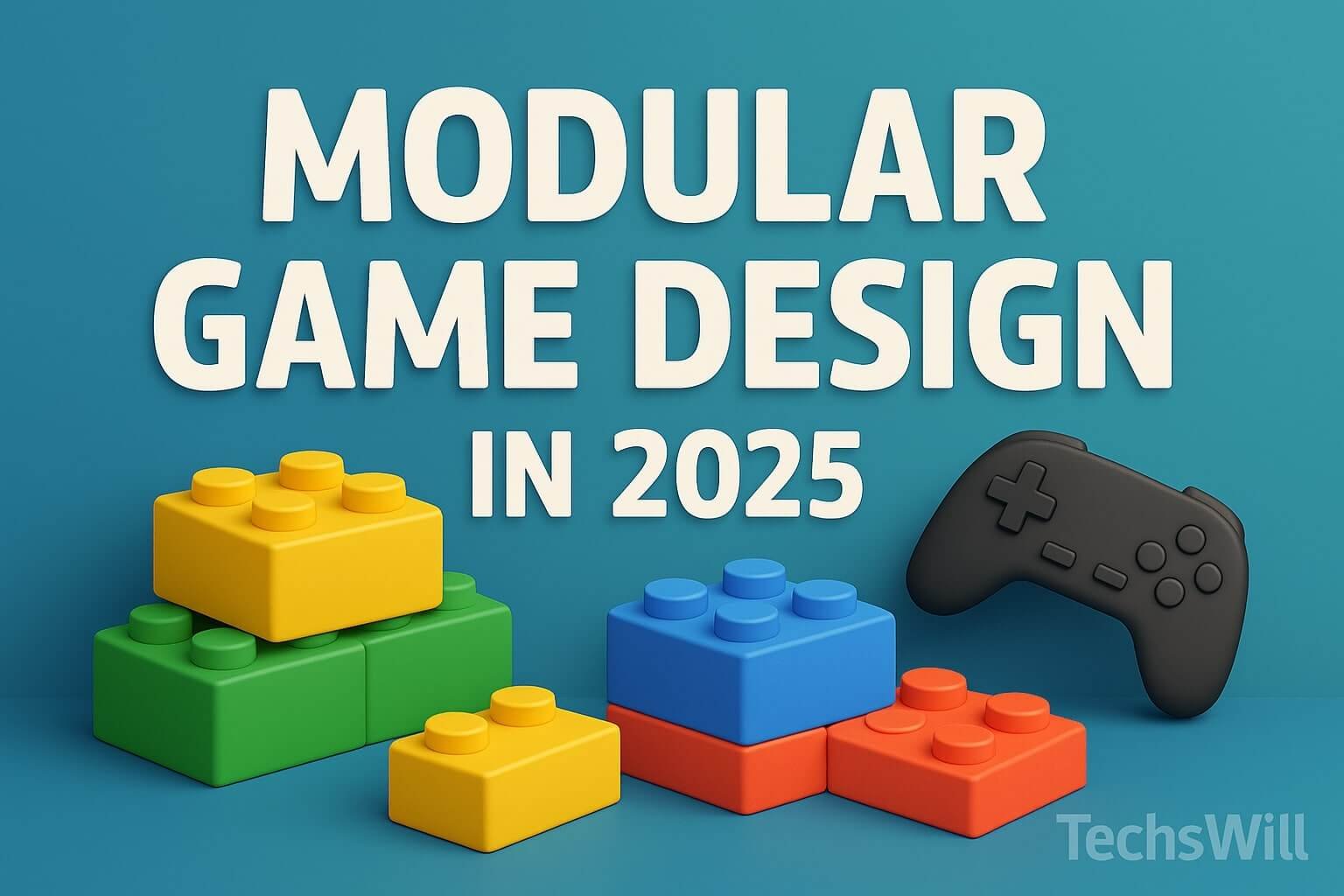In 2025, quality assurance isn’t about armies of manual testers clicking through menus — it’s about intelligent bots, automated test pipelines, and AI-powered regression tracking that runs 24/7. QA is no longer the bottleneck — it’s your secret weapon.
Thanks to GenAI and automation frameworks, modern studios are catching more bugs, shipping faster, and delivering smoother player experiences than ever before. Here’s how.
🤖 Why Traditional QA Doesn’t Cut It Anymore
Manual QA struggles to scale. Whether you’re testing 15 character loadouts across 4 resolutions or ensuring your leaderboard survives a server restart, manual teams can’t keep pace with daily builds.
AI-driven QA changes the equation. With automation, you can simulate thousands of player actions across multiple builds, while bots analyze logs and flag edge cases in real time.
🧪 The New AI QA Stack
1. Unity Test Framework + PlayMode Tests
With the Unity Test Framework, you can automate:
- PlayMode simulations
- Collision triggers
- Input sequences
These are great for testing logic like achievements, abilities, or event unlocks.
2. GameDriver + AltUnity for End-to-End Testing
GameDriver allows external scripts to control and monitor the game through automation layers. Combine it with AltUnity to script test flows across UI and gameplay logic — just like a real player.
3. Copilot + GPT QA Scripting
Use GitHub Copilot or Claude to write repeatable test cases:
// Test case: enemy spawns on wave 5
[Test]
public void EnemyWaveSpawnTest() {
Assert.IsTrue(GameManager.SpawnWave(5).Contains("Boss"));
}
📊 Bonus: AI Log Analysis
Don’t dig through logs manually. Tools like Backtrace, LogRocket, or custom GPT agents can scan logs, identify crash patterns, and even suggest possible causes — saving hours of triage.
🎮 Real Use Case: Multiplayer Match QA
An indie studio used AI test bots to simulate 1,000 real-time matches overnight. The result:
- Discovered race conditions in leaderboard updates
- Detected UI bugs only reproducible under network stress
- Fixed a memory leak before submission to Play Store
📈 Benefits of Automated Game QA
- Catch bugs before players do
- Regressions flagged daily — not weekly
- Increased test coverage with fewer people
- Ship faster with higher confidence
QA is no longer a backroom step — it’s a part of devops. And AI is leading the charge.






